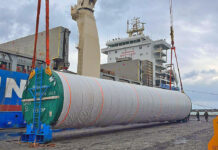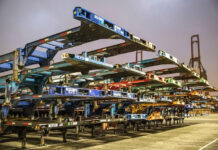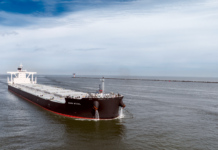
Kalmar has unveiled its new Automation as a Service model an innovative, subscription-based approach aimed at transforming the way automation is deployed and managed in marine container terminals and intermodal sites.
This offering is designed to deliver long-term operational value by streamlining implementation, reducing upfront investment, and fostering continuous optimization in partnership with terminal operators.
A key feature of the model is the decoupling of equipment delivery from automation software deployment and optimization services.
This separation enables terminals to begin automation design immediately, leveraging a digital twin an exact virtual replica of the terminal that runs on Kalmar’s proprietary Kalmar One software. This twin allows for advanced system testing and collaborative design before physical deployment, ensuring a smoother transition and readiness from day one.
Through performance-based contracts and shared KPIs, the model fosters a strong collaborative framework between Kalmar and terminal operators.
Another significant benefit of this model is its financial structure.
By integrating automation delivery and licensing into a subscription agreement, Kalmar helps terminals shift part of their capital expenditures into operating expenses, easing the financial burden and improving scalability.
Juuso Kanner, Vice President of Kalmar’s Automation Business Line, explained that shifting the focus away from short-term milestones towards accelerated time-to-value and continuous improvement throughout the terminal lifetime means they are better placed to act as a true partner for the customers, helping them to realise the full value of their investments.
This forward-looking service model reflects Kalmar’s broader commitment to enabling smarter, more resilient, and cost-effective terminal operations amid a rapidly evolving logistics landscape.





